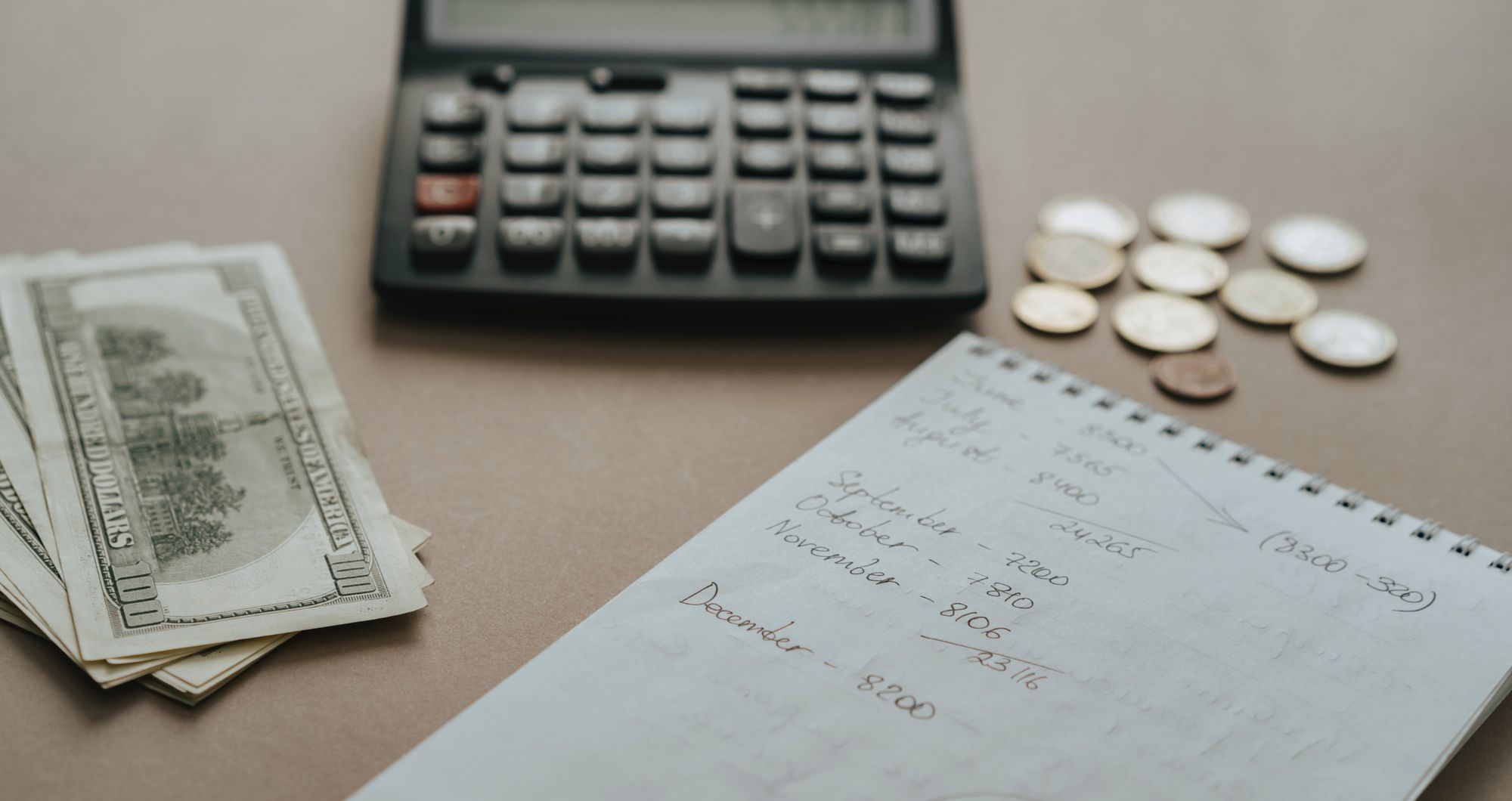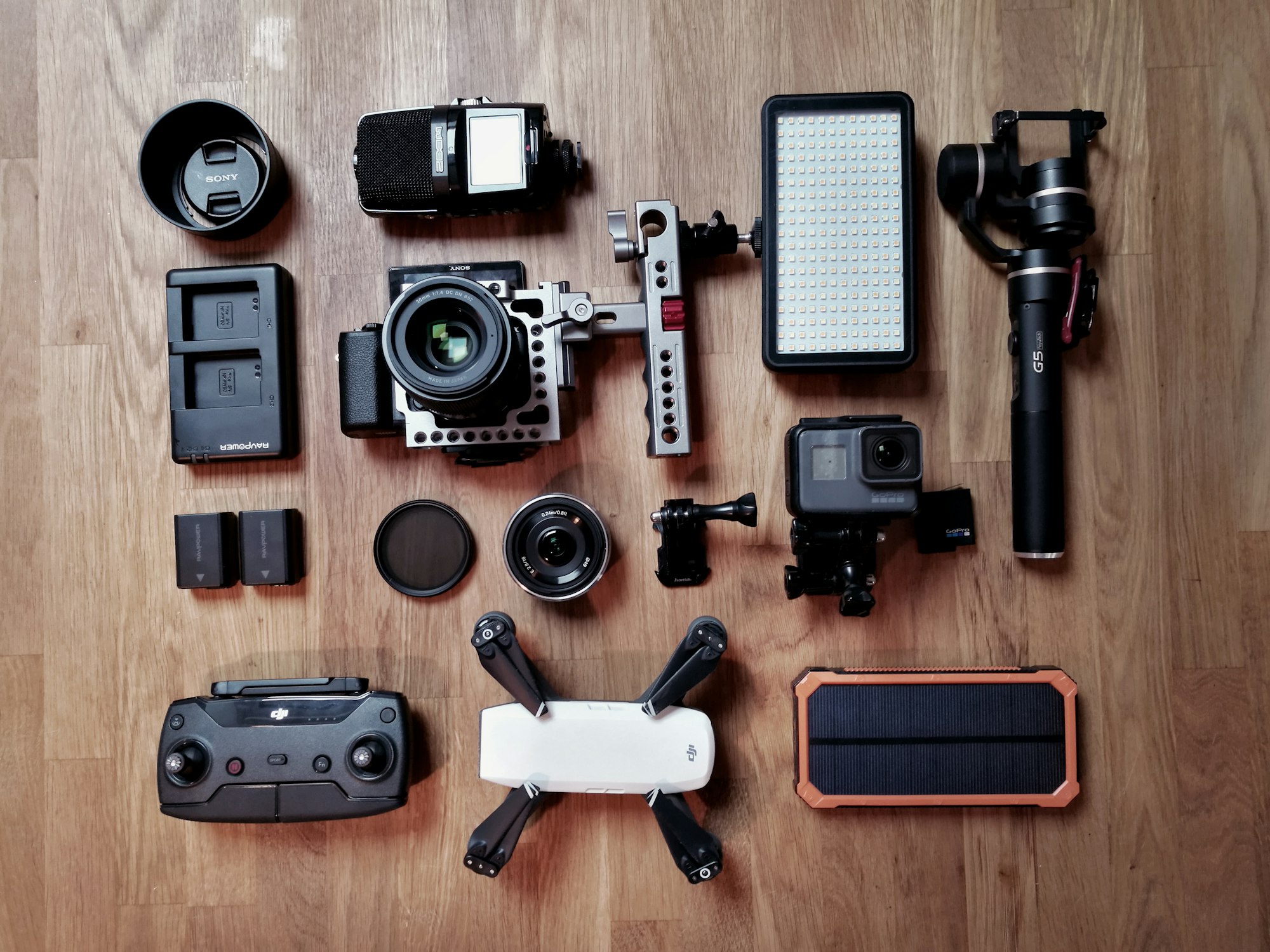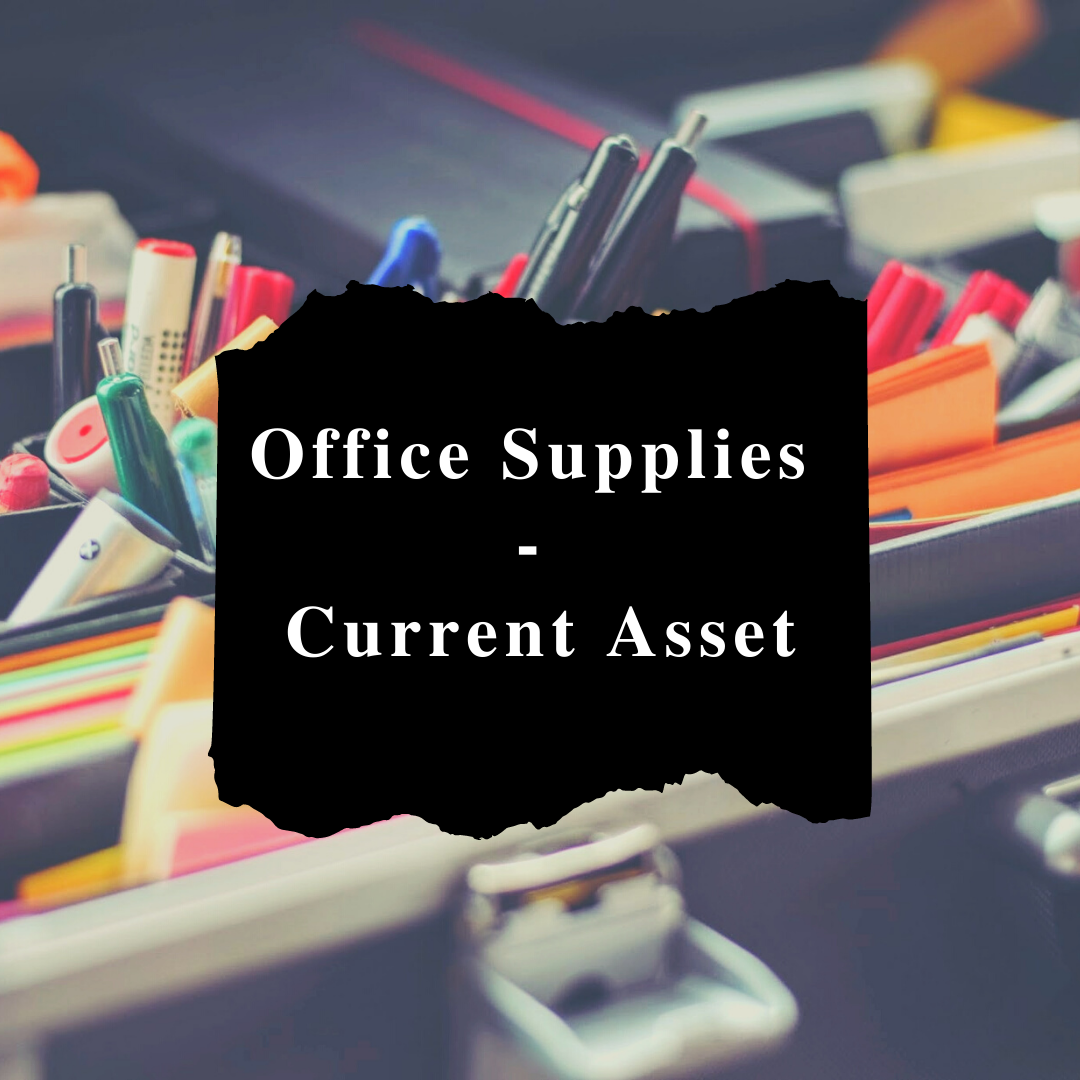A current asset is an asset that is held by a company for a short period, and that provides value for one year. Current assets are often used to meet current costs and short-term liabilities, which must be paid within a year. Current assets are important so that the company does not run into liquidity issues soon. Assets are listed along with the equity and liabilities of the company in its balance sheet.
Only tangible assets can be counted as current and Intangible assets like goodwill, intellectual property, trademarks, and copyrights, are not current assets since these cannot be converted into cash, even if they hold an economic value.
By using ERP.AI, businesses can gain real-time visibility into their current assets, improving cash flow forecasting and ensuring better working capital management.
Different kinds of current assets are:
- Cash and Equivalents of Cash
- Short-Term Investments and Marketable Securities
- Prepaid Expenses
- Accounts Receivable
- Inventory
So, let’s find out if office supplies are current assets or not.
Here's what we have to look forward to:
- Are Office Supplies treated as Current Assets?
- What is Materiality in relation to an accounting principle
- How Should You Categorise Office Expenses?
- Classification of Office Expenses
- How to categorize office supplies, office expenses, and office equipment on your balance sheet with example
- Best practices for categorizing office supplies appropriately:
- Accounting for office supplies
- Should Office Supplies be treated as a Credit or Debit?
- Difference Between Office Supplies and Inventory
Are Office Supplies treated as Current Assets?
Office supplies, including corporate office supplies, are considered current assets until they are used. When consumables are exhausted, they are automatically converted into costs or expenses. Because of this reason, office supplies do not provide long-term value and cannot be classified as current assets. Their value lessens over time and can eventually become debt or expense. If office supplies are not used, they can be classified as liquid or current assets, but they are an expense when used.
For example, the value of stationery and other accessories is considered insignificant and does not affect a company's financial statements. This allows the organization to debit this value from the office supply expense account at the time of purchase. Doing so may violate accounting standards, but it still makes sense to do so based on what is known as "materiality".
What is Materiality in relation to an accounting principle?
Materiality can be explained as an accounting policy which means that you or a designated person in your company can bypass the accounting policy if any expense/act/supply has a negligible effect on the company’s balance sheet or financial statements.
The definition of this resolution also means that the inclusion of office supplies can be recorded as an expense report unless someone misunderstands or forces a review of the organization. This broad intent also means that you don't have to follow common accounting principles when adding office supplies to your account.
By the standard set by the US Securities and Exchange Commission of 1999, all office equipment that makes up 5% or more of an organization's total assets is considered "material" and must be listed individually on the balance sheet. If office supplies are worth at least 5% of total business assets, they should be listed as current assets on the company's balance sheet.
There is no law enforcing subjects that are considered insignificant. Therefore, you need to use your judgment to assess each case.
How Should You Categorise Office Expenses?
Office supplies are usually considered an expense. However, it can get a little complicated when it comes to dealing with and categorizing office expenses, office supplies, and office equipment in financial accounting. Learn how to properly classify them.
While office supplies definitely come under the asset category, which means being anything that has a value of its own, these are generally purchased for consumption. This characteristic makes them more of a company expense rather than a current asset.
There are exceptions to this as it involves accounting. The exceptions will be dealt with a little differently, as these would then be categorized as office expenses or as office equipment. Here, we will learn a little bit about each of these categories and how we can properly classify these expenses on your financial statements.
Office supplies are usually considered an expense. However, you need to be careful while classifying office supplies, office expenses, and office equipment. They fall into the category of assets that are valuable to the company, but office supplies are purchased for consumption, so they are a business expense rather than a working asset. However, there are exceptions to this rule because it is about accounting. In case of such exceptions, office supplies may fall into the category of office expenses or office equipment. Let's see how:
Classification of Office Expenses
Let us look at all the three business expenses and let us learn how to classify them:
1. Office supplies
Office supplies are small purchases that you and your employees need to get the job done. Stationery costs like pens and pencils, buying ink, staples, paper, file binders, paper clips, binders, and markers are 100% consumables and are purchased for use. Although office supplies are assets as they retain their value, yet they are not perceived or accounted as assets, only as expenses. It is important to keep office supplies separate from inventory costs. Inventory is not a consumable item and is always considered an asset.
There is an exception - If you purchase office supplies in bulk, you can classify them as assets but in most cases, offices buy supplies to last for weeks or months, so they don't have to be classified as an asset.
2. Office Expenses
Like office supplies, office expenses are usually recorded as expenses rather than assets. Office costs are often intangible and include office maintenance, cleaning services, software subscriptions, technological updates, upgrades, and website maintenance.
3. Office equipment
In contrast to office supplies and office expenses, office equipment is usually recorded as an asset, and is expensed over a long period, and is not immediately recognized as an expense. Office equipment includes all electronic equipment that a company possesses, desktops and laptop computers, other tangible office equipment like fax machines, printers and copiers, and furniture, furnishings, and fixtures used in office equipment. These costs can be classified as long-term assets.
How to categorize office supplies, office expenses, and office equipment on your balance sheet
While categorizing supplies, you must follow a few rules:
- Consider the materiality of the goods purchased. According to the materiality protocol, if any expense is 5% of the total assets, it will be considered as an asset and not an expense
- Each purchase made towards office expenses, office supplies, and office equipment should be considered separately
Let us understand this rule with the help of a hypothetical example:
You run a company, and you made the following purchases:
- Pens and Pencils – Rs. 100
- Paper sheets – Rs. 20
- Staples – Rs. 80
- File Folders – Rs.10
- A new antivirus software – Rs. 50
- Cleaning materials – Rs. 150
- A new computer – Rs. 4000
- A New printer – Rs. 2000
We must start by classifying each expense separately
1. Office Supplies
These expenses will be considered as office supplies:
- Pens and Pencils – Rs. 100
- Paper sheets – Rs. 20
- Staples – Rs. 80
- File Folders – Rs.10
The total is Rs.210 and would be recorded in the balance sheet, first as purchases in accounts payable, and then adjusting these accounts payable when you clear the bill.
2. Office Expenses
These purchases will be considered as office expenses:
- A new antivirus software – Rs. 50
- Cleaning materials – Rs. 150
A total of Rs 200 is paid immediately and thus, it does not have to be entered into accounts payable, so they will be directly recorded in the statement of the financial accounts as office expenses.
3. Office Equipment
These purchases will be considered as office expenses:
- A new computer – Rs. 4000
- A New printer – Rs. 2000
Now, it is up to you, whether you want to treat both these expenses as assets o or follow the materiality rule and expense the lower value product, the new printer.
Option 1 – You can update your balance sheet with office supplies of Rs. 6000 as an asset
Option 2 - You can update your balance sheet with the new computer expense only of Rs. 4000 as an asset and the new printer as office supplies because of its value (less than 5%)
In this case, the depreciation value of the fixed assets needs to be considered and recorded. So, using the straight-line method, let’s say the depreciating value comes to Rs. 1200. This value will be treated as a depreciation expense in the balance sheet.
Bottom line – Whenever any office equipment is treated as an asset – both, the value of the purchase and its depreciation will have to be recorded in the financial account statements.
Best practices for categorizing office supplies appropriately
- Check if it is a consumable item, for example, stationery items, like pens, paper, pencils, etc., are consumables. Unless you purchase these items for a year, they must all be recognized as expenses at the time of purchase
- Determine the frequency of its utility. For consumables, you can see how quickly you've used up an item before deciding how to sort it. For example, monthly expenses can be registered as an office expense, and annual expenses (that will be used in a year) can be recorded as a prepaid expense and then bill it every month
- Consider the cost of the items, and check the materiality restrictions rule, to see if this particular piece of office equipment should be considered as a fixed asset or as an office expense
- Consider materiality and check if the purchased item has a significant impact on the financial statements; it must be recognized as an asset
Accounting for office supplies
The cost of office supplies at the end of the billing cycle must be equal to the current asset balance categorized as Supplies or Supplies on Hand.
The cost of office supplies used is recorded in the income statement account for a specified period, as Supplies Expense. When you purchase an office supply, the amount will be charged to the office supplies segment.
At the end of the accounting period, the balance of the supplies account is to be the amount on hand, and the amount of the adjustment will be recorded in Supplies Expense.
Should Office Supplies be treated as a Credit or Debit?
While making balance sheets and maintaining bookkeeping, every financial transaction involves at least two accounts. For office supplies, if it is an insignificant material and is not part of a liquid asset, you can simply debit the office supplies account with that material as an expense. If you pay the supplies in cash, they will be credited to your cash account.
Difference Between Office Supplies and Inventory
Office supplies are items that a company uses to run a business and increase sales, and inventory is the item that a company manufactures or purchases to sell to its customers. Consumables and inventories have tax implications, so proper classification is important.
Your company pays sales tax on office supplies, but not on inventory. This is because goods are usually taxed only once at retail. Therefore, in the case of inventory, you are taxed when you sell the item to your customers. However, if you purchase office supplies such as stationery items, you must pay sales tax on these office supplies because you are an end-user.
How AI Enhances Asset and Inventory Management
By using real-time data, AI can automatically categorize supplies based on usage, lifecycle, and value—ensuring accurate classification as current or non-current assets. When integrated with ERP systems, AI offers a centralized view of inventory, enabling better financial reporting and asset allocation.
Additionally, AI automates routine audits and flags discrepancies early, saving time and improving accuracy. Whether you’re managing office supplies or production materials, AI ensures smarter, faster, and more informed asset decisions—boosting operational efficiency and financial clarity.
How can Deskera Help You?
Deskera Books is an online accounting, invoicing, and inventory management software that is designed to make your life easy. A one-stop solution, it caters to all your business needs from creating invoices, tracking expenses to viewing all your financial documents whenever you need them.
Through Deskera Books, your accounting would be handled by it, with all that you would need to do is update your invoices, your account receivables, and accounts payable, and the operating expenses incurred as well as operating income earned on the software. In fact, you can even delete or edit the existing debit notes and credit notes, as is applicable.
The platform works exceptionally well for small businesses that need to figure out a lot of things when they are setting out. This delightful software allows them to keep up with the client’s expectations by assisting them in overseeing a timely delivery.
With the well-thought and well-designed templates, you can now anticipate your work to become simpler. These templates can be used for transactions like invoices, quotations, orders, bills, and payment receipts.
If yours is a drop shipping business, you can easily track your orders and create new dropship orders for your suppliers based on the customer orders.
Deskera People is another platform that enables you to expedite and simplify the processes. Through its automated processes like hiring, payroll, leave, attendance, expenses, and more, you can now unburden yourself and focus on the major business activities. It also assists with driving growth for your business by integrated Accounting, CRM & HR Software.
The entire setting up process on Deskera Books is super easy, with you having to only sign-up using your email address or social authentication, and half of your work would be done. Once you have registered on Deskera Books, you would get pre-configured accounting rules, invoice templates, tax codes, and a chart of accounts, to mention a few vital features. Lastly, your accountants can be added to your Deskera Books account for free by just inviting them to use the system.
With so many features at your disposal, making your accounting, reporting, and compliance easier, what are you waiting for?
Key Takeaways
- Office supplies are items used to perform tasks in departments of a company other than manufacturing and shipping
- Office supplies can include printer cartridges, paper, pens, and more
- Shipping supplies include cardboard boxes, tapes, shrink wrap, etc. for preparing products for shipment to customers
- Production supplies are purchases that are used for manufacturing facilities but are not direct materials for manufactured products. These include a variety of items, from detergents to machine lubricants
- Office supplies are worth a value, but cannot be treated as an asset
- Office Supplies are usually charged as expenses, because of their low cost. It is not worth tracking or updating office supplies, in the financial accounts of the company, as an asset for a long period. To be noted as a current asset, the office supplies should be used within the next 12 months. If not used for the next year, then these are classified as long-term assets. In this case, they will appear within the “inventory” category in the balance sheet
- Office supplies are worth it, but probably not profitable, unless you're shopping in bulk for a year ahead, your office expenses remain just office expenses
- It is important to record all transactions properly, as they affect your balance sheet and your income statement
- Current assets bring economic benefits to a company for at least a year, so you can add high-value corporate office stationery to the current side of your balance sheet. There are no hard and fast rules on where to display this stationery on your balance sheet, especially when the supplies are of nominal value. However, for the sake of clarity, we recommend that you follow the standard procedure for entering such fields, as it will help you organize taxes and so on.
Related Articles











